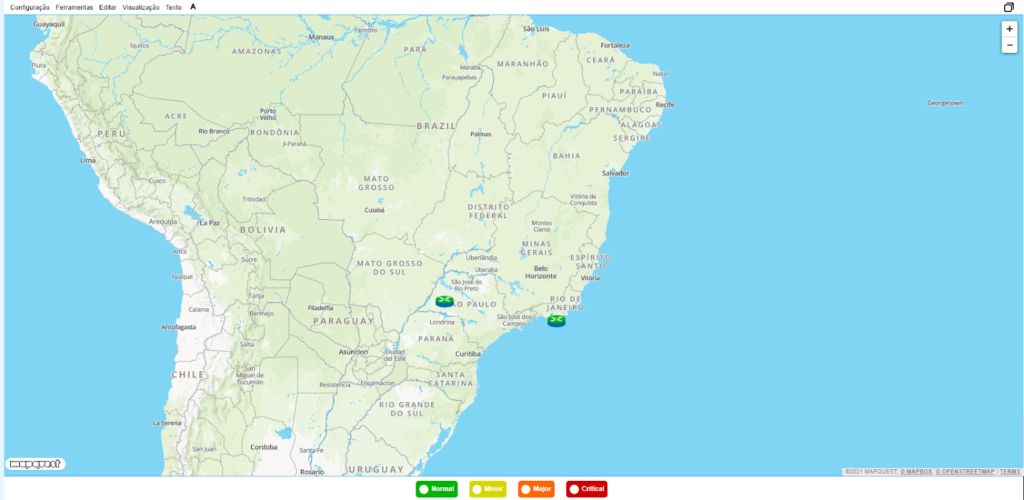The network infrastructure is responsible for connecting the user to the applications, to the shared resources and to the Internet. We are constantly listening about the benefits of the resources connected to the Information Technology. Mainly, in the corporate business, terms such as: IoT, automation and cloud computing, are increasingly present. Only for the purpose of quoting some examples. All those technologies have something in common, because each one of them depend on the connection in the network to be able to operate.
In this manner, the management of the infrastructure, becomes crucial for the functioning of all those resources that are of utmost importance. This places extreme pressure over the teams responsible for the maintenance of the functioning of the network. Mainly, due to the damage that a problem of performance or a fall in the services can generate.
We know that the management of the network infrastructure involve several details, that range from the behavior of equipment related directly or indirectly until the environmental monitoring. To this end, we need a way to accompany all these data of management in a centralized manner. With this, facilitating the identification of failures and performance problems.
GROUPS AND MAPS
One of the main functionalities of the SLAview is the creation of groups. The groups have as their main function the organization of the objects monitored. With that, allowing also the display of an indicators chart of the whole group, besides the individual charts of each object. The monitored objects are identified, mainly, by the protocol SNMP, however in specific scenarios there is the possibility to configure other kinds of data collection.
For each group created there is a map. The map performs the plotting of the graphical representation of the structure and of the objects composing the group, besides enabling the representation of the connection between objects. The connections will be able to be configured manually or automatically through the CDP, or LLDP protocols. With that, enabling a centralized vision of the topology of the network.
The map can be visualized in the standard of georeferenced, whereas in the georeferenced mode the devices are positioned pursuant to their longitude and latitude.

INTEGRATION OF ALARMS AND MAPS
With the objects monitored organized in groups and visualized through maps, we can also take advantage to centralize the visualization of the alarms. Namely, the SLAview allows the alarms to be signalized on the map. The signaling occurs with the alteration of the color of the object according to its level of urgency.
Besides the signaling in the map, the alarms possess options of notification by email, SMS, Telegram and through the trap SNMP. The alarms are configured based on the indicators of performance and referred to the objects monitored. With this, it will be possible to monitor both the alteration of behavior and if the indicator overcome a limit value indicated in the configuration of the alarm.
Therefore, guaranteeing that the technical team does not miss any notification about events that are able to impact in the functioning of the network. The maps with the alarms will provide a panoramic and personalized view of the infrastructure and agility in the identification of failures.
FINAL CONSIDERATIONS
In this sense, there are no doubts about the importance of investing in network management. Therefore, we are able to bring not only benefits for the visibility of the infrastructure, but also a way of guaranteeing crucial information for the foresight of problems.
Thinking about that, Telcomanager, leader in Latin America in the sector of software for network management, since 2002 in the market with a unique and innovative methodology, makes available smart solutions for the monitoring of data in order to provide complete visibility to the infrastructure of the client, allowing your Company to accompany the main aspects of your network.
 +55 (21) 3211-2223 info@telcomanager.com
+55 (21) 3211-2223 info@telcomanager.com